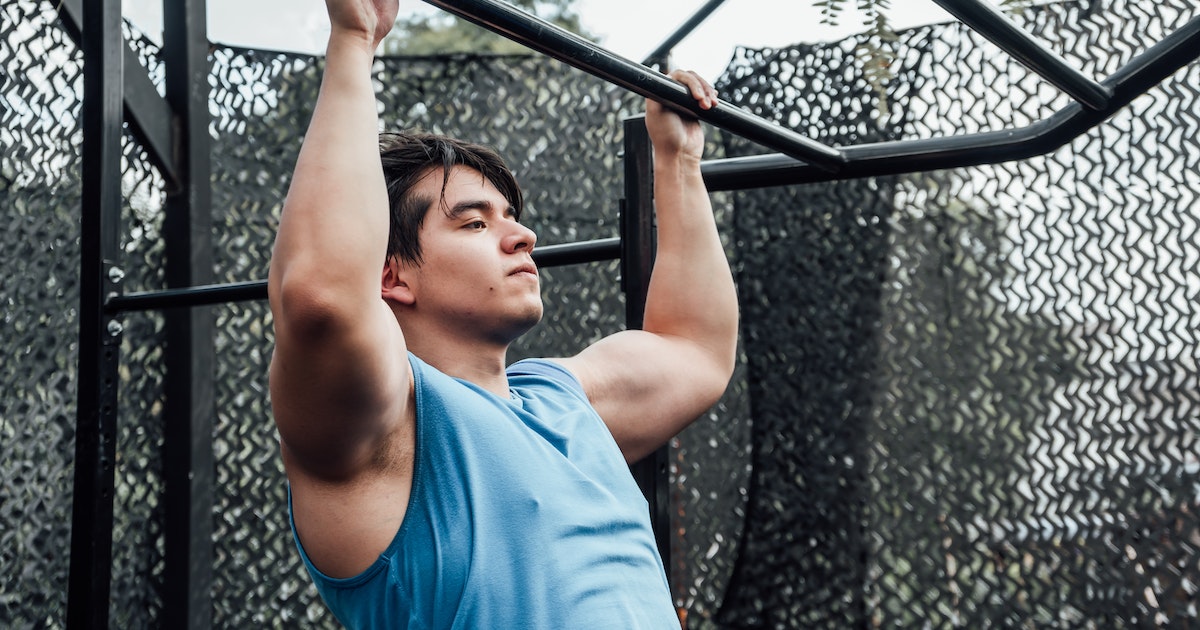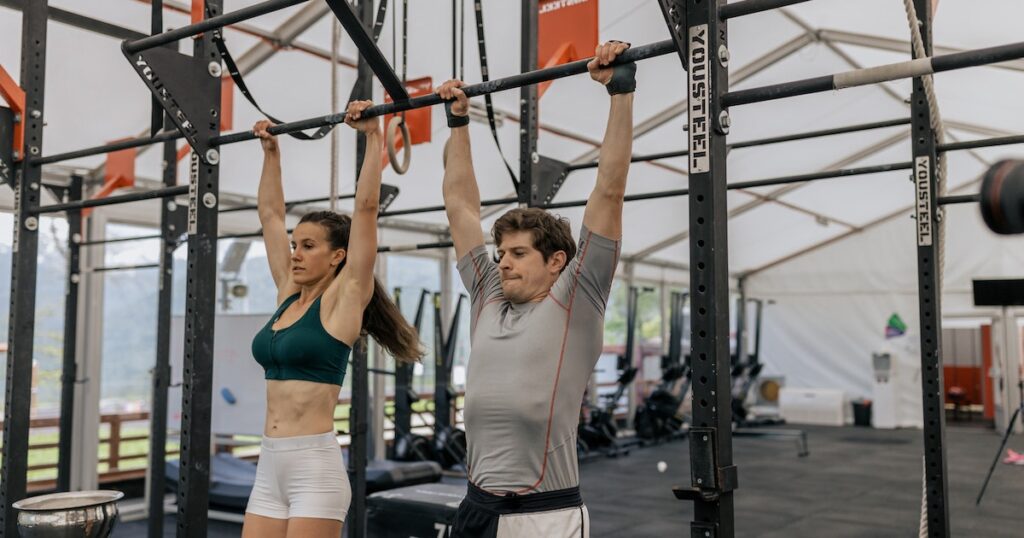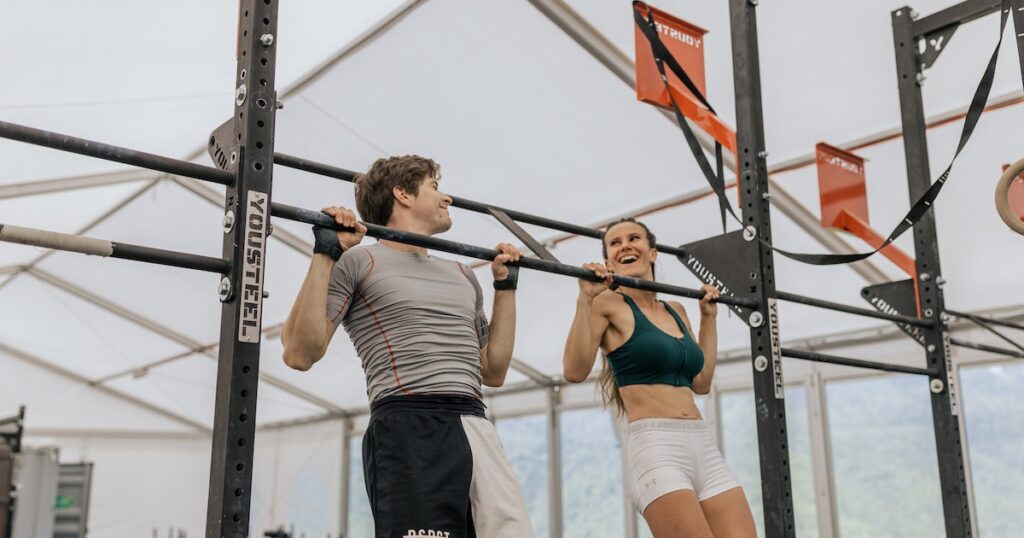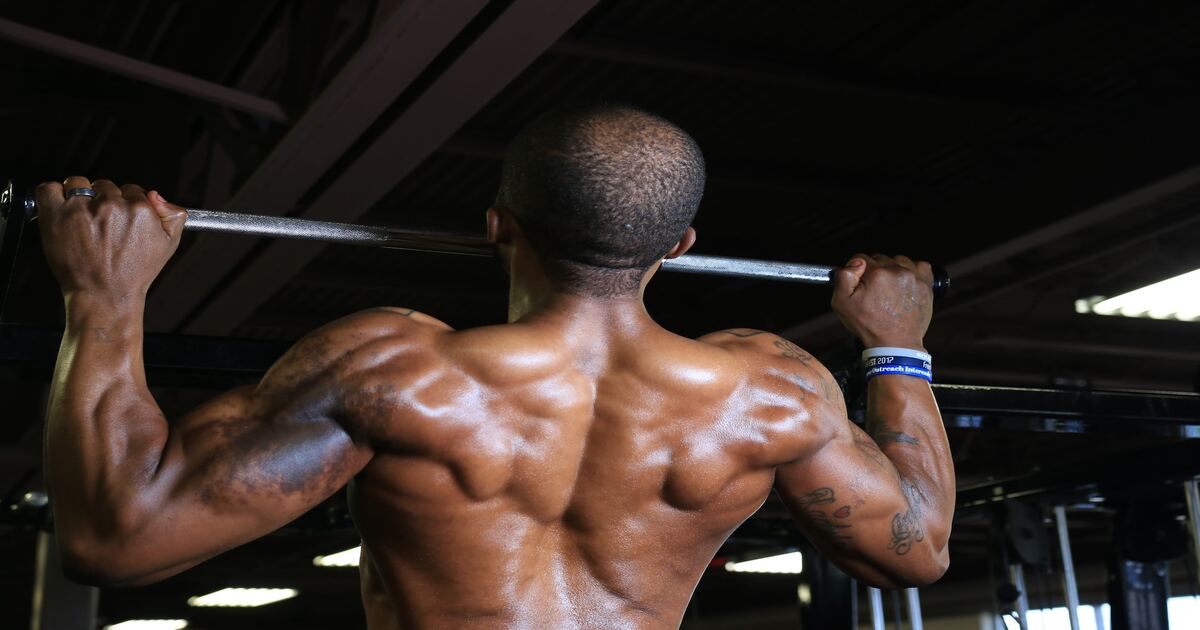To be able to a pull-ups, it’s very important to know why do you want to do pull-ups at the very first place.
Table of Contents
Why do you want to do Pull-ups?
Pull-ups are a highly effective and versatile exercise that offers numerous benefits, making them well worth learning and incorporating into your fitness routine. Here are some of the key advantages of pull-ups:
Strengthens the Upper Body:
Pull-ups primarily target the muscles of the upper body, including the latissimus dorsi (lats), biceps, rhomboids, and trapezius. This results in increased upper body strength and muscle definition. It has helped me to develop a great back and has laid the foundation for all the heavy lifts that I did in later part of my life.
Improves Grip Strength:
Pull-ups require a strong grip to hold onto the bar, making them an excellent exercise for developing hand and forearm strength. This enhanced grip strength can have practical applications in daily life. Again, has helped in developing good forearms, biceps and a strong grip for performing heavy lifts.
Enhances Back Development:
Pull-ups are renowned for their ability to build a strong and well-defined back. A well-developed back not only looks impressive but also contributes to good posture and reduced risk of back pain. Though I started it with a misconception that pull-ups actually do help in increasing your height, it actually helped me to increase the upper frame work and put up some serious muscles on my biceps and lats.
Burns Calories:
Pull-ups are a compound exercise that engages multiple muscle groups simultaneously. This results in a higher calorie burn during your workout, making them a valuable addition to a weight loss or maintenance program. I prefer to do it as a warm-up every day.
Increases Metabolism:
As you build lean muscle through pull-ups, your metabolism gets a boost. Muscle tissue requires more energy to maintain than fat, so your body becomes more efficient at burning calories even at rest.
Builds Core Strength:
While pull-ups primarily work the upper body, they also engage the core muscles to stabilize your body during the movement. This contributes to improved core strength and stability.
In summary, pull-ups are a valuable exercise that can significantly contribute to your overall fitness and well-being. Whether you’re a beginner or an advanced athlete, the benefits of pull-ups extend to individuals of all fitness levels and are well worth the effort it takes to learn and master them.
As everyone, I too started experimenting with my body during my teenage. Being shorter than most of my classmates does make you feel inferior. That’s how I embarked on the journey of pull-up, because as per my understanding at that time was simple – anyone who can do more pull ups can definitely become tall.
Little did I realize that with each more rep, I started gaining size in my arms and forearms. After a pull-up session, I used to look at the mirror and could see that my arms would have exploded giving well rounded biceps. Very important to note here is that you can keep this physique throughout your life, provided you do some maintenance workouts after every few months.
If you can wear a shirt, T-shirt or pants of same size you used to wear at your maximum best physique, then you need not do anything. This simple hack keeps you under check. Every time you feel your muscles have started sagging, there’s a tightness around your waist due to the increase in fat deposit around the waistline, or feel pathetic in mirror, hit the GYM! Its as simple as that.
Now doing a pull-up is not that easy. You need to have strength to pull your body weight up so that you can comfortably take your chin over the bar.
Build Strength to do Pull-Ups

If you are someone new, try some of these to develop strength and then later maybe after a month or so you can really pull it out!
1. Push-ups:
Regularly keep doing some push-ups till you can do at least 15 to 20 reps in one set. This would tremendously boost your strength to do pull-ups. Want to know how to do push-ups? Read this article on push-ups.
2. Lat Pull Downs:
This will also help you in developing lat muscles which are the ones which are activated the most while doing a pull -up.
3. Dumbbell Rows:
Doing this also will help you gain strength in your lats. So, don’t neglect them. You can also try seated cable rows and barbell rows for upper back strength.
Do these exercises for 3 to 4 weeks to get sufficient strength to pull out atleast 10 reps for a start.
Then gradually, you can increase the no. of reps. As you gain strength. Try to increase the reps every day or at least ever 2 to 3 days. Within 2 weeks of starting the pull-ups you should be able to do 15 – 20 pull-ups comfortably in one set.
Coming back to pull-ups!
It’s very simple. If you want your gains to last more, do the traditional body weight exercises more, or rather include them as warm-ups. This will help you to keep those muscles in shape.
How to perform a simple Pull-up?

Performing a pull-up correctly requires proper form and technique. Here are the steps to perform a standard pull-up:
Preparing your body with a warm-up:
Warming up your body before attempting pull-ups is essential to prevent injury and optimize performance. A proper warm-up increases blood flow to your muscles, raises your body temperature, and loosens your joints. Here are some warm-up exercises which you can try before a pull-up session:
1. Jumping Jacks (2 min):
Start with some light aerobic activity like jumping jacks to elevate your heart rate and increase blood circulation.
2. Arm Circles (1-2 min):
Extend your arms straight out to the sides.
Begin making small circles with your arms, gradually increasing the size of the circles.
After 30 seconds, reverse the direction of the circles.
Do this for 1-2 minutes to mobilize your shoulder joints.
3. Latissimus Dorsi Stretch (30 seconds per side):
Find a sturdy vertical surface (like a door frame or wall).
Extend one arm above your head and place your palm on the surface.
Lean away from the wall to feel a stretch along your latissimus dorsi (the primary muscle used in pull-ups).
Hold the stretch for 30 seconds on each side.
Above exercises would be sufficient to start pull-ups.
Now we will start the exercise.
Step 1: Find a Pull-Up Bar
Locate a sturdy horizontal bar that can support your body weight. This can be in a gym, a park, or a home pull-up bar.
Step 2: Grip the Bar
Stand beneath the bar and reach up to grip it with your palms facing away from you (overhand grip).
Your hands should be slightly wider than shoulder-width apart, but you can adjust the grip width based on your comfort and goals.
Step 3: Hang from the Bar
Hang from the bar with your arms fully extended. Your body should be straight, and your feet should not be touching the ground.
Relax your shoulders and engage your core muscles.
Step 4: Initiate the Pull-Up
Begin the pull-up by retracting your shoulder blades (pulling them down and back) as you start to pull your chest towards the bar.
Focus on engaging your back muscles, especially your latissimus dorsi (lats).
Step 5: Pull Yourself Up
Continue pulling yourself up by bending your elbows and bringing your chin over the bar.
Keep your body straight, and avoid using your legs to kick or swing.
Step 6: Reach the Top Position

At the top of the pull-up, your chin should be above the bar, and your chest should be close to it.
Squeeze your shoulder blades together to engage your back muscles fully.
Step 7: Lower Yourself Down
Slowly lower yourself back to the starting position with your arms fully extended.
Control the descent, and avoid dropping quickly.
Step 8: Repeat
Perform the desired number of repetitions. Beginners may start with just a few reps and gradually increase over time.
Tips for Proper Form:
Keep your body straight and avoid arching your back or swinging your legs.
Engage your core muscles throughout the movement to maintain stability.
Breathe naturally; exhale as you pull yourself up and inhale as you lower yourself down.
If you’re just starting, consider using an assisted pull-up machine, resistance bands, or a spotter to help you perform the exercise until you build enough strength to do unassisted pull-ups.
Common Mistakes to Avoid:
Using momentum: Avoid swinging your body to lift yourself; this reduces the effectiveness of the exercise.
Partial range of motion: Aim to perform full pull-ups, bringing your chin above the bar.
Neglecting form: Focus on proper technique to prevent injury and maximize muscle engagement.
As with any exercise, practice and consistency are key to improving your pull-up performance. Over time, you can work on increasing the number of repetitions and trying different pull-up variations to target various muscle groups.
Conclusion:
So, embrace the challenge, start with the basics, and follow the steps outlined in this guide. With dedication, perseverance, and a positive mindset, you’ll soon find yourself not only capable of performing pull-ups but also reaping the many physical and mental rewards they offer. Your fitness journey is your own, and learning how to do pull-ups is a significant step toward a stronger, healthier, and more confident you.
Featured Reads: Strengthen your body by doing push-ups

